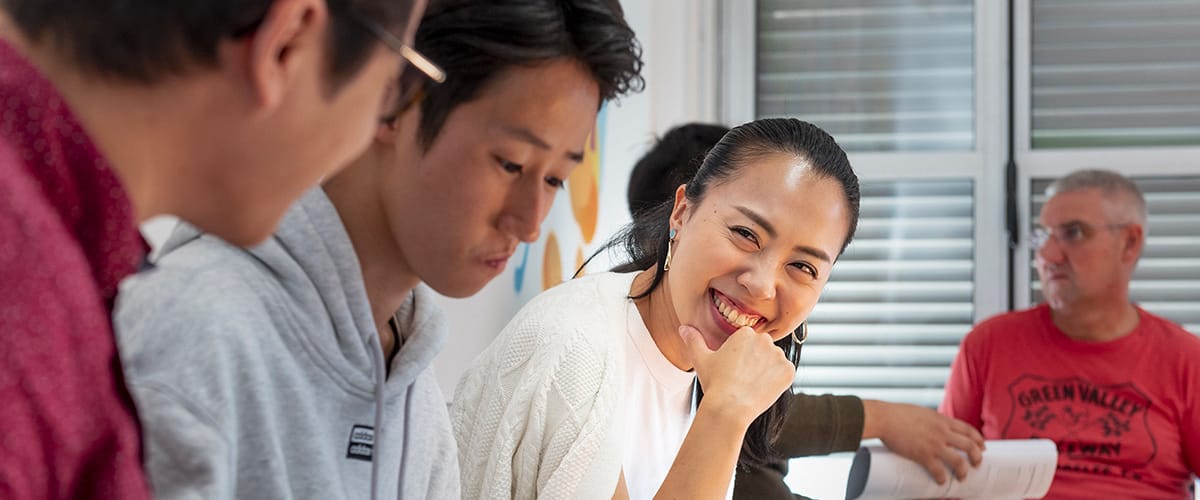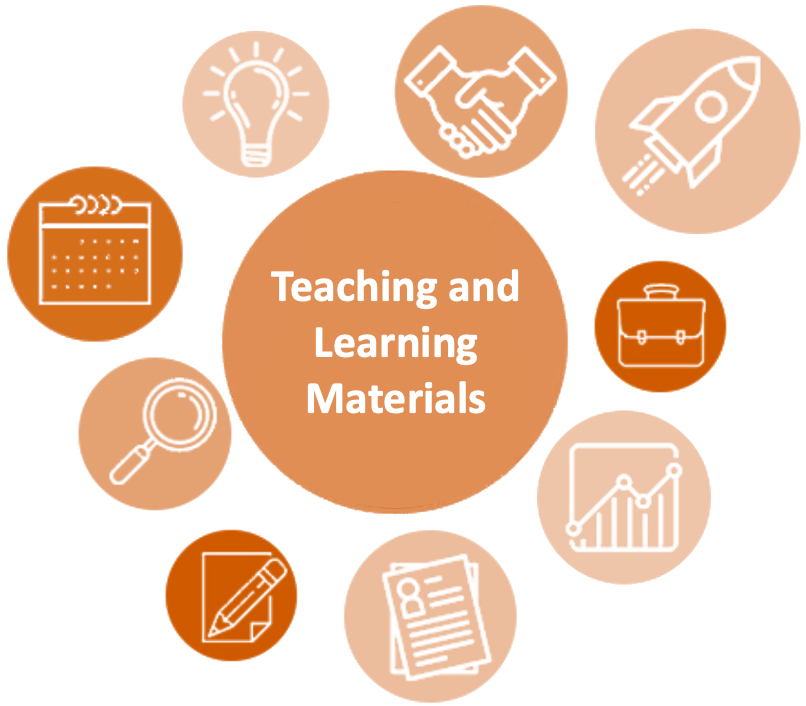Great Tips To Picking Italian Kindergarten Teaching Materials
Wiki Article
What Textbooks, Workbooks And Other Books Are Needed For Italian Preschools?
Italian nurseries are famous for their playful approach to learning. They don't use textbooks or other traditional workbooks. However, books could be a significant factor in supporting children's development of their language and encouraging a love of reading. Below are some kinds of books that may be beneficial to Italian kindergartens Picture books: Picture books can help young children develop their vocabulary, creativity, and enjoyment of reading. They usually feature simple, engaging text and beautiful illustrations.
Board books - Board books are made of thick pages and are meant for younger children who might not be able to read books. They can be used for introducing children to various themes, including shapes, animals, colours and numbers.
Nursery rhymes: Kids may develop social skills, language skills and develop memory skills by listening to nursery rhymes. Italian nursery schools incorporate nursery rhymes and songs as part of their everyday activities.
Books on diversity and inclusion are essential to help young children understand the importance of diversity and inclusion. Children will gain empathy, tolerance and respect when they read books that feature characters from different backgrounds as well as different cultures and abilities.
Italian language book: Italian nurseries may use books that are written in Italian for children who want to learn and build language skills. The books could contain simple stories, images, and books with Italian nursery rhymes, or songs.
It is essential to select books that are suitable for the ages, engaging and culturally relevant for children in the nursery school. Teachers and caregivers are able to make use of books to stimulate children's curiosity as well as allow them to discover different topics and subjects. Follow the top schede didattiche italiano for more tips.

What Is The Best Maths Support Material To Teach With For Italian Kindergartens?
It is crucial to provide support for mathematics teaching materials in Italian nurseries. This will aid children to develop their spatial, numerical and problem-solving capabilities. Here are a few examples of math teaching materials support that may be needed: Training for teachers and their caregivers: Teachers as well as caregivers could require instruction in how to incorporate mathematical concepts into their daily activities as well as how to make use of mathematics teaching materials effectively.
Curriculum and Lesson Plans The curriculum and lesson plans that are well-designed and include mathematical concepts help children learn about a array of math concepts as well as capabilities.
Children can learn math in a more visual way by using manipulatives like beads, counting bears, and blocks. Posters and charts are also effective visual aids.
Tools based on technology like tablets with educational math applications and other games can be utilized to entertain children and provide additional resources for their education.
Assessment tools: Assessment tools can aid caregivers and teachers in monitoring the progress of children and pinpoint areas where additional support may be needed.
Participation of parents in maths: Involving parents in maths can strengthen concepts taught in the kindergarten. It also encourages family involvement.
It is vital that the material used in teaching for mathematics is appropriate and age-appropriate. Teachers and caretakers can use this resource to create engaging and enjoyable math games that foster children's love of learning and awe. Have a look at the best sostegno inglese for blog recommendations.

What Science Teaching Materials Support What Is Required In Italian Nurseries?
It is crucial to provide support for the use of science-based materials in Italian nurseries to ensure that children can explore and explore their surroundings. Here are some examples where science-related materials could be needed: Curriculum and lesson plan A well-constructed lesson program that incorporates scientific concepts will help to make sure that children are exposed and learn a variety of scientific concepts.
Visual and manipulative aids Handicaps like magnifying glasses, nature specimens, and simple science experiment kits and visual aids like charts and posters can aid youngsters learn concepts from science in a an interactive and visual manner.
Books and videos. Videos and books that focus on specific topics such as weather or animals, plants and even space, can give children additional resources and help them learn.
Learning spaces outdoors. Children can play in the natural surroundings in playgrounds, gardens and other learning areas outdoors.
Parents can participate in science learning: Involving your parents in this field will reinforce the concepts you learnt in kindergarten. You will also engage your family members in the process of learning.
Assessment Tools: Assessment tools are useful for teachers and caregivers to monitor children's growth and identify areas where needing additional assistance.
It is important to make sure that the materials used in science education that is provided is suitable for the age of the children. These materials can be used by teachers and parents to develop interactive, engaging science activities that encourage children's enthusiasm for studying and curiosity. Take a look at the best materiale didattico scienze for blog examples.

What Geography-Related Teaching Materials Are Needed In Italian Nurseries?
Geography teaching materials in Italian nurseries can assist children to gain a better understanding of the world around them and gain knowledge about different cultures and environments. A few examples of the resources you may need for teaching geography are: Maps. Maps are useful for helping children learn about the diverse regions and countries, and the locations of landmarks and natural attributes.
Globes: Globes allow children to learn about the oceans, continents, as well as other aspects of the earth.
Videos and pictures. Pictures and videos of different cultures, places and individuals can teach kids a lot about the world.
Books: Books that are age-appropriate with a focus on different cultures and countries all over the world could help children explore the world of geography.
Natural materials. Rocks, shells and plants help children understand different eco-systems and the environment.
Field excursions. Kids can be taught about the world through hands-on experiences and visits to local parks, zoos and museums.
It is vital to choose resources for geography education that are age-appropriate as well as culturally sensitive. Teachers and parents can use these materials in order to create stimulating, interactive activities which encourage children's interest and curiosity.
